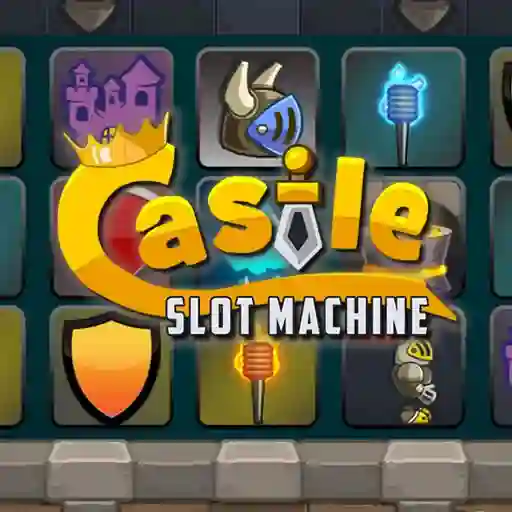







































Arcade games are a genre of video games that originated from the coin-operated machines found in arcades during the 1970s and 1980s. These games are designed to be fast-paced, simple to learn, and highly engaging, often featuring repetitive but addictive gameplay. They typically emphasize high scores, quick play sessions, and immediate gratification, making them accessible to a wide audience.
Key features of arcade games include:
• Simple controls: Easy-to-learn mechanics that allow players to jump into the game quickly.
• Colorful and vibrant visuals: Bright, often stylized graphics that grab attention.
• Challenging yet rewarding: Games that test skill and reflexes, with progression tied to player improvement.
• Time or lives-based gameplay: Limited lives or a timer adds urgency and replayability.
• Iconic sound effects and music: Memorable audio that enhances the overall experience.
Classic examples of arcade games include Pac-Man, Space Invaders, and Galaga, which have become cultural icons in the gaming world.
What makes arcade games different from other video games?
Arcade games are distinct due to their focus on quick, challenging experiences and high-score chasing, unlike story-driven or open-world games that emphasize long-term play.
Are all arcade games based on retro titles?
No, while many classic arcade games are retro, modern developers continue to create new arcade-style games with updated graphics and mechanics, often paying homage to the originals.
Can arcade games be played at home?
Yes, with the decline of physical arcades, arcade games have been ported to home consoles, PC, and mobile devices, allowing players to enjoy these experiences anywhere.